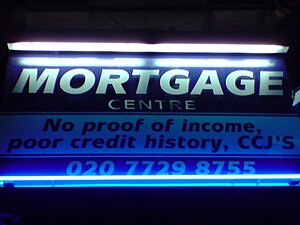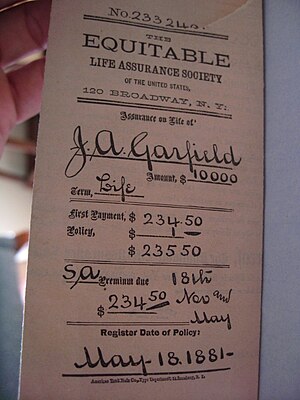 Image via Wikipedia
Image via WikipediaFinancial IQ Philippines Quick Hit(s):
Interesting... Though in Philippines, cars immediately depreciate after it leaves the dealership and will continue depreciating due to usage/duration of ownership.
Cars are not supposed to be a good investment. But Spencer Hunter, an Oregon patent lawyer, recently turned a small profit selling his 13-month-old Toyota Prius.
“I drove a brand-new car for free for a year,” said Mr. Hunter, who now rides a motorcycle.
The rule of thumb says that a car loses at least 10 percent of its value the moment it leaves the dealership. But soaring used-car values are turning that formula on its head for many fuel-efficient vehicles, which are suddenly in high demand as Americans fret about escalating gas prices and do not want to pay for a new car.
Used cars over all are retaining a higher percentage of their original value than ever before, according to auto analysts who track prices. Compact cars that are one to five years old are worth, on average, about 30 percent more on the wholesale market now than just six months ago, the National Auto Auction Association reports.
“You’re not going to find a better return than that on anything,” said Jonathan Banks, executive auto analyst for the used-car guide published by the National Automobile Dealers Association.
The value, for example, of a 2008 Honda Civic LX (highway mileage: 34 miles per gallon) has increased by $2,098 since January, and the value of a 2010 Chevrolet Aveo LS (highway mileage: 35 m.p.g.) by $3,448. A three-year-old Ford Focus (highway mileage: 35 m.p.g.) is worth about two-thirds of its original sticker price, according to Kelley Blue Book, another widely used vehicle valuation source; in 2009, a three-year-old Focus retained just a third of its original value, a difference of more than $5,000. A year-old Prius actually can command about as much as the list price of a new Prius because the new ones are in such short supply that many dealers are selling them for several thousand dollars more than the sticker price.
An unusual confluence of factors creating low supplies and high demand is behind the unprecedented prices.
Many consumers seeking a higher-mileage vehicle consider a used car as more affordable than a new one. But the plunge in new-vehicle sales in 2008 and 2009 has meant that significantly fewer late-model cars are available for the used-car market. And because the tight credit markets during the recession led to a sharp cutback in leasing, the usually steady stream of leased vehicles has also slowed to a trickle.
On top of all that, there are shortages of Japanese models at many new-car dealerships because of the March earthquake and tsunami, prompting some shoppers to check used-car lots instead.
















